Featured Product Archive
The inventions and products featured on these pages were chosen either for their
uniqueness in the RF engineering realm, or are simply awesome (or ridiculous) enough
to warrant an appearance.
| 1 |
2 |
3 |
4 |
5 |
6 |
7 |
8 |
9 |
10 |
11 |
12 |
13 |
14 |
15 |
16 |
17 |
18 |
19 |
20 |
21 |

Heathkit IM-17 Utility Solid-State Voltmeter
Sometime around late 1977, a year or so prior to reporting to
Lackland Air Force Base for Basic Military Training (BMT) with
plans to pursue a career in electronics, I began boning up on my admittedly lacking
electronics skills. Having spent the past few years as an electrician, including
a couple years in vocational school, I was familiar enough with the big stuff that
could easily kill me, but I didn't know much about about electronics with its small
components and low voltages. To assist me with my goal, I purchased a couple Heathkit
kits and carefully studied all the information provided, then proceeded to assemble
and test everything. My first project was this IM-17 Utility Solid-State Voltmeter.
It was simple enough for even me to be successful. Although it was called a voltmeter
(AC and DC capability), it also measured resistance, so technically it was a volt-ohmmeter.
I'm not sure why the designers didn't add a current measuring function. A few years
later, Heathkit added a transistor checking circuit and re-designated the the IM-5217
(see the
1982 Heathkit Christmas catalog page).


Heathkit IM-17 innards. Note the 9 V transistor radio battery
in the 8.4 V mercury battery holder.
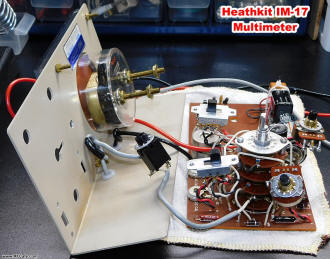
Heathkit IM-17 panel and printed circuit board assemblies.

Heathkit IM-17 bare plastic case


Heathkit IM-17 kit contents.
Recently, I did some minor cleaning and calibration of the old IM-17, and it
still works perfectly. The manual suggests using a 1.5 volt dry cell battery
for the DC calibration and the 120 volt wall socket for the AC calibration,
if no better sources exist. A kit-built 10 MHz bandwidth oscilloscope I assembled
many moons ago specified the same two types of calibration sources. Fortunately,
I had sources a little better than a battery and a wall socket, and unlike the earlier
exercises, I now have a good quality digital multimeter to verify the voltage levels
(and better sources). The IM-17 is a strange beast in that the AC and resistance
measurements are made using the red and black leads, and the DC measurement is made
using the black and gray leads. The gray lead is shielded. An auxiliary jack is
provided for using a Heathkit high voltage probe or a Heathkit RF voltage probe
(neither of which I own).
Also, the IM-17 originally used a 1.5 V carbon C-cell and an 8.4 V
mercury cell (no longer manufactured due to hazard reasons), but now a standard
9 V transistor battery is being used successfully in place of the 8.4 V
cell. The manual specifies that a 9 V battery can be substituted, but the lifetime
will be shorter and the meter "zero drift" could be greater.
The entire Assembly Manual has been scanned and posted below. Heathkit spared
no time or expense creating their manuals. Very clear instructions and expertly
done illustrations make assembly nearly foolproof. Detailed calibration and usage
instructions are provided, as well as a circuit description. According to a 1972
edition of Mac's Service Shop entitled, "Philosophy of a Kit Manufacturer," their product development process
at Heathkit involved having some employees build the kits exactly per instructions,
and then revisions were made to the documentation as needed prior to making them
available for sale.






 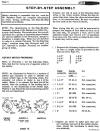

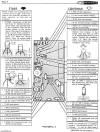 

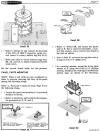  
  
  
  
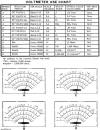 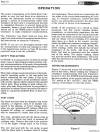 
 



  



 
 
Posted September 21, 2020
|











































































